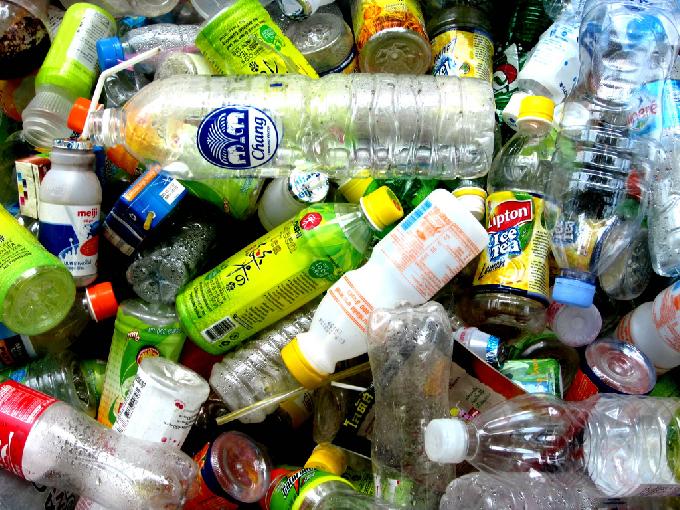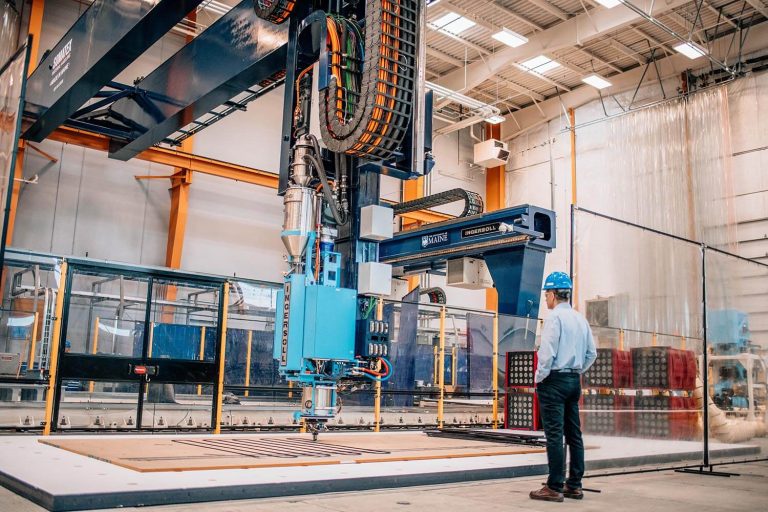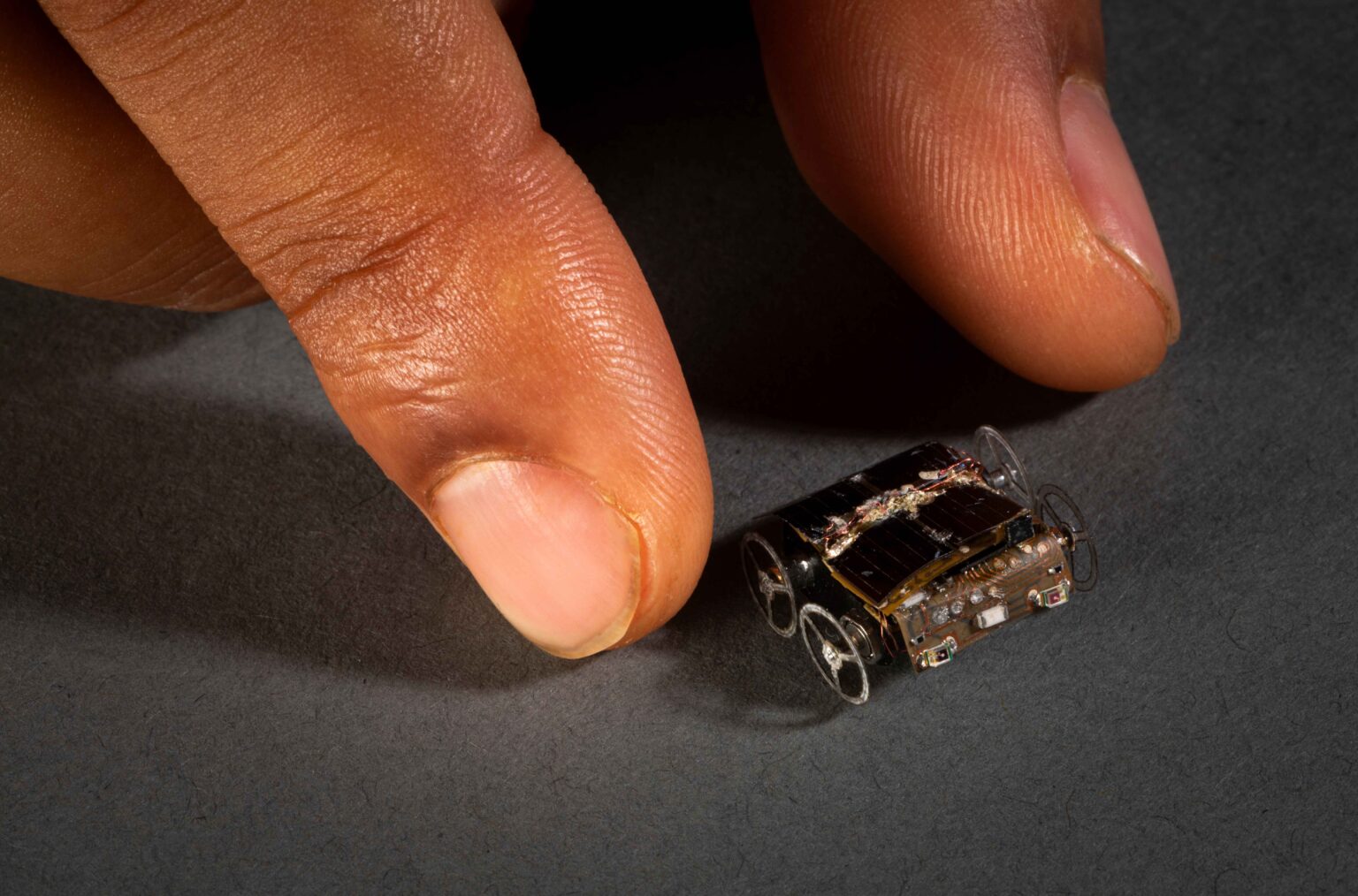A Breakthrough in Materials Science
Scientists have achieved a groundbreaking feat by transforming plastic waste into graphene, a material hailed as being 200 times stronger than steel. This revolutionary process, known as Atmospheric Pressure Microwave Plasma (APMP) synthesis, offers a promising solution to the global plastic pollution crisis while simultaneously creating a material with immense industrial potential.
From Trash to Treasure
The APMP technique involves breaking down plastic waste into its constituent components and then reassembling them into graphene, a single layer of carbon atoms arranged in a hexagonal lattice. This process is remarkably efficient, converting microplastics into graphene in just a matter of minutes. The resulting graphene boasts exceptional properties, including unparalleled strength, flexibility, and conductivity.
Industrial Applications on the Horizon
The potential applications of graphene derived from plastic waste are vast and span multiple industries. Imagine ultra-light and durable components for the aerospace and automotive sectors, flexible electronics, advanced batteries, and even water purification systems. This transformation of waste into a high-value material not only addresses environmental concerns but also drives economic growth and innovation.
A Sustainable Future
The successful conversion of plastic waste into graphene marks a significant step towards a more sustainable future. By repurposing plastic waste, we can reduce our reliance on fossil fuels and minimize the environmental impact of plastic pollution. As research and development in this field progress, we can anticipate even more remarkable breakthroughs and applications, paving the way for a greener and more resilient world.







